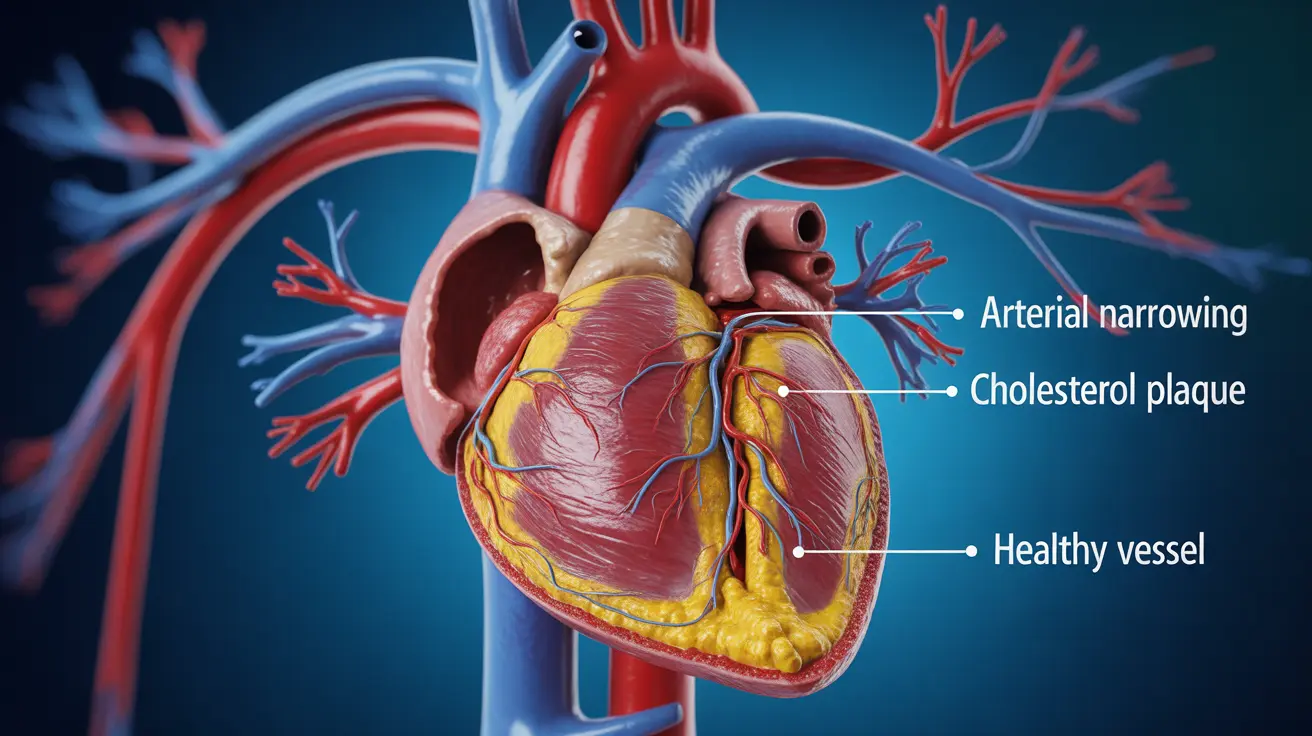Pneumococcal meningitis is a serious bacterial infection that causes inflammation of the protective membranes surrounding the brain and spinal cord. This life-threatening condition requires immediate medical attention and can lead to severe complications if not treated promptly. Understanding its symptoms, risk factors, and prevention methods is crucial for early intervention and better outcomes.
While pneumococcal meningitis can affect anyone, certain groups face higher risks, and recognizing the early warning signs can make a significant difference in treatment success. This comprehensive guide will explore everything you need to know about this serious infection.
Early Warning Signs and Symptoms
Pneumococcal meningitis often develops rapidly, with symptoms that can appear within hours. Early recognition of these signs is crucial for seeking immediate medical care:
- Severe headache
- Stiff neck
- High fever
- Sensitivity to light
- Confusion or altered mental state
- Nausea and vomiting
- Seizures in some cases
In infants and young children, additional signs may include:
- Irritability and crying that worsens when held
- Poor feeding
- Bulging fontanel (soft spot on the head)
- Unusual sleepiness or difficulty waking
Diagnosis and Treatment Approaches
When pneumococcal meningitis is suspected, healthcare providers will conduct several diagnostic procedures to confirm the infection and begin appropriate treatment:
Diagnostic Methods
- Lumbar puncture (spinal tap)
- Blood cultures
- CT scan or MRI in some cases
- Physical examination
Treatment Protocol
Treatment typically involves:
- Immediate administration of intravenous antibiotics
- Hospitalization in an intensive care unit
- Careful monitoring of intracranial pressure
- Management of potential complications
- Supportive care for symptom relief
Risk Factors and Transmission
Understanding who is most vulnerable to pneumococcal meningitis is essential for prevention and early intervention. High-risk groups include:
- Infants and young children under 2 years
- Adults over 65 years
- People with weakened immune systems
- Individuals with certain chronic medical conditions
- Those who have had recent head trauma or neurosurgery
The infection spreads through respiratory droplets and close contact with infected individuals. Common transmission routes include:
- Coughing and sneezing
- Close personal contact
- Sharing eating utensils or drinking vessels
Prevention and Vaccination
Prevention of pneumococcal meningitis primarily relies on vaccination and good hygiene practices. The pneumococcal vaccine is recommended for:
- All children under 2 years of age
- Adults 65 years and older
- People with certain medical conditions
- Those with compromised immune systems
Additional preventive measures include:
- Regular hand washing
- Avoiding close contact with sick individuals
- Maintaining a healthy lifestyle to support immune function
- Not smoking and avoiding exposure to secondhand smoke
Frequently Asked Questions
- What are the early signs and symptoms of pneumococcal meningitis to watch for?
Early signs include severe headache, stiff neck, high fever, sensitivity to light, confusion, nausea, and vomiting. In infants, signs may include irritability, poor feeding, and a bulging fontanel. These symptoms typically develop rapidly and require immediate medical attention.
- How is pneumococcal meningitis diagnosed and treated in hospitalized patients?
Diagnosis involves a lumbar puncture to analyze spinal fluid, blood tests, and possibly imaging studies. Treatment includes immediate intravenous antibiotics, intensive care monitoring, and supportive care to manage symptoms and complications.
- Who is at higher risk of developing pneumococcal meningitis and why?
Higher-risk groups include infants under 2, adults over 65, people with weakened immune systems, and those with certain chronic medical conditions. These groups are more vulnerable due to reduced immune function or incomplete immune development.
- How is pneumococcal meningitis spread from person to person?
The infection spreads through respiratory droplets from coughing and sneezing, close personal contact, and sharing personal items like eating utensils. The bacteria can be transmitted between people in close contact or living situations.
- Can pneumococcal meningitis be prevented with vaccines, and who should get them?
Yes, pneumococcal meningitis can be prevented with vaccines. Vaccination is recommended for all children under 2, adults 65 and older, and people with certain medical conditions or compromised immune systems. The vaccine is a crucial tool in preventing this serious infection.




